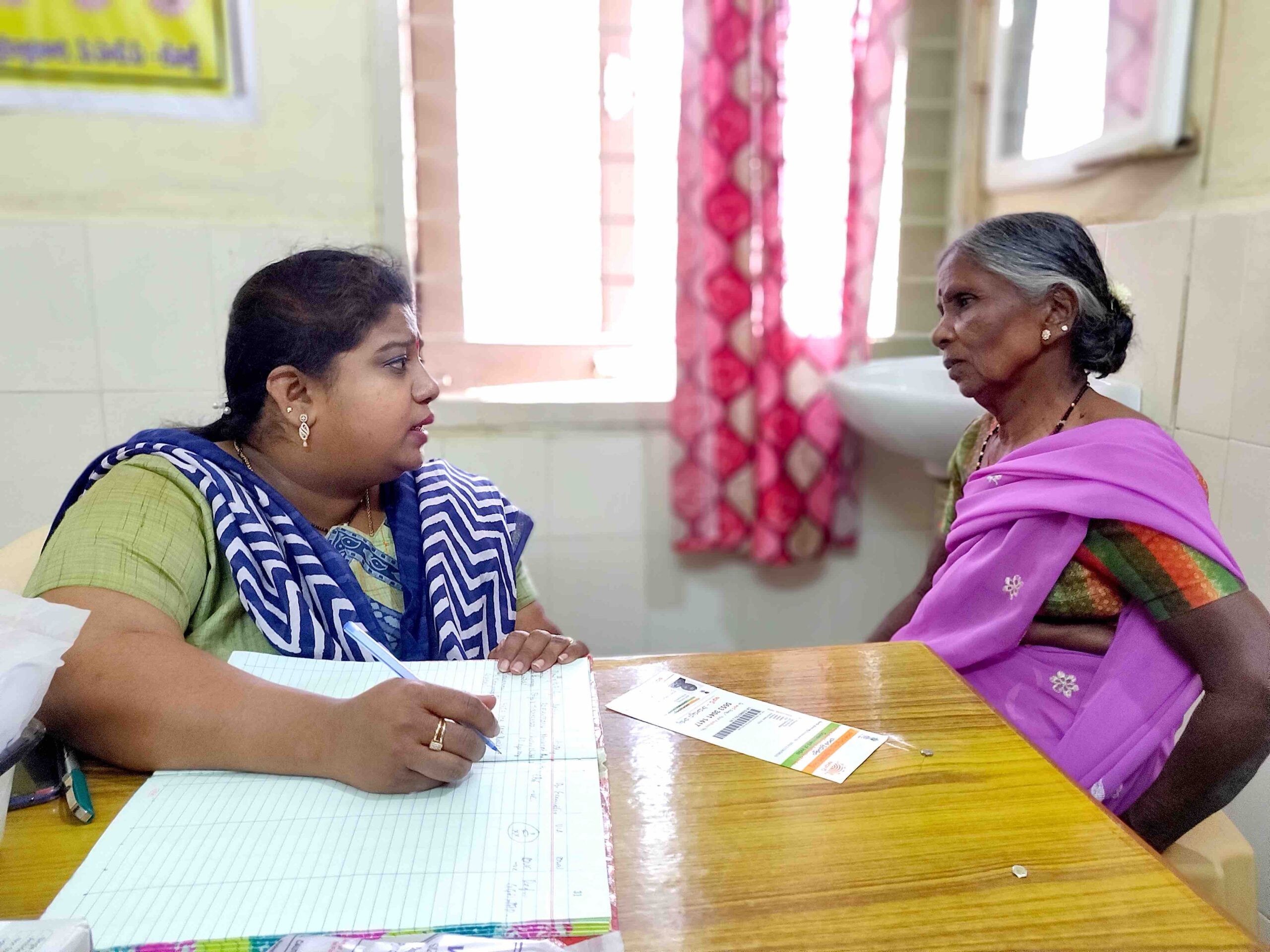Provide high-quality medical care to under-served, rural communities
Half of the global population has no access to essential health services, and even fewer have access to specialist services for common, complex diseases such as HIV or tuberculosis. [1] Project ECHO (Extension for Community Healthcare Outcomes) improves access by connecting local healthcare providers with specialists outside their community who provide remote training, mentoring, and collaborative problem-solving.
Originally founded at the University of New Mexico to address a shortage of providers in rural areas of the state to treat hepatitis C, Project ECHO now supports a community of doctors, nurses, community health workers, and other healthcare personnel serving underserved communities in the U.S., India, and Africa.
“[Project ECHO] allows us to deliver a higher quality of care to patients and deliver services that those patients might not be able to get otherwise. That’s huge – that can save lives.”
– Daniel Mays, MD, primary care physician at Gallup Indian Medical Center

What it does
Teams of experts participate in virtual case-based learning sessions, helping local healthcare providers build the necessary skills to treat patients in their communities. But knowledge doesn’t flow only in one direction. Experts refine their knowledge by learning what’s required to adapt their expertise to specific local experiences and cultural contexts.
For example, in Punjab, India, the state government used Project ECHO to train local providers to provide free hepatitis C treatment to all residents. In the two years since Punjab began using the model, the number of hepatitis C patients completing treatment went from 1,500 to 36,000, with a 91.6% cure rate [2]. Because of the program’s success, India’s national government now uses ECHO to implement many national programs, including its National Viral Hepatitis Programme and multidrug-resistant tuberculosis program.
Project ECHO has trained more than 85,000 healthcare workers, building local workforce capacity in over 70 topics and conditions. It currently operates in 38 countries. Since India and Africa have a disproportionate share of the global burden of disease, these regions are priorities for the organization. Project ECHO has established a regional team in Delhi and plans to establish regional offices in Bangalore, Mumbai, Kolkata, South Africa, and Cote d’Ivoire in coming years
How effective it is
In one of the earliest evaluations of Project ECHO’s model in 2011, researchers found that rural health providers who participated in the first hepatitis C ECHO program achieved the same patient cure rates as highly trained specialists at the leading regional academic medical center, with fewer complications [3]. Since that assessment, more than 500 peer-reviewed publications found that the ECHO model improves provider satisfaction and self-efficacy, builds communities of practice, increases patient access to and quality of healthcare, and reduces patient mortality.
With its planned expansion, ECHO will have 750 partner hubs in India and 250 in Africa. The organization estimates that this expansion will allow them to reach 1 million new healthcare providers, each with the potential to provide better care for hundreds of patients.
How you can help
Project ECHO’s partners cover 100% of their own operating costs, which typically range from $30,000 to $50,000 a year in India and Africa. Philanthropic donations of any amount help cover the cost of training new partners, technical support via Project ECHO’s online Partner Portal, which connects healthcare providers across the world, and regional training centers that provide in-person training supporting Project ECHO’s partner development network. Future donations support further development in India and scaling in Africa as well as the development of ECHO Digital, an open-source digital platform for partner training, support, outcomes tracking, and resource-sharing. Learn more at https://hsc.unm.edu/echo/.
More ways to help
For another organization working to improve health in remote areas, see CDD Society. For more CHIP guidance on health interventions and organizations working to lessen health disparities in underserved communities, see our Community-Based Approaches to Health guide.
Notes
[1] Weisgrau, S. (1995). “Issues in Rural Health: Access, Hospitals, and Reform.” Health Care Financing Review, 17(1), 1–14. https://www.ncbi.nlm.nih.gov/pmc/articles/PMC4193574/
[2] Dhiman, R. K. et al. (2019). “Decentralized care with generic direct-acting antivirals in the management of chronic hepatitis C in a public health care setting.” Journal of Hepatology, 71(6), 1076–1085. https://doi.org/10.1016/j.jhep.2019.07.006
[3] Arora, S. et al. (2011). “Outcomes of treatment for hepatitis C virus infection by primary care providers.” The New England Journal of Medicine, 364(23), 2199–2207. https://doi.org/10.1056/NEJMoa1009370
